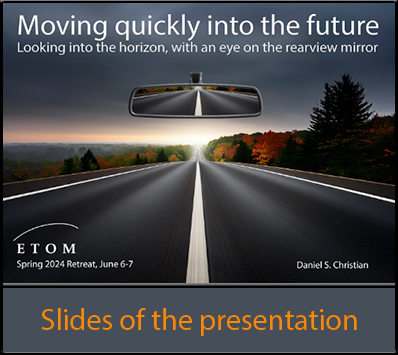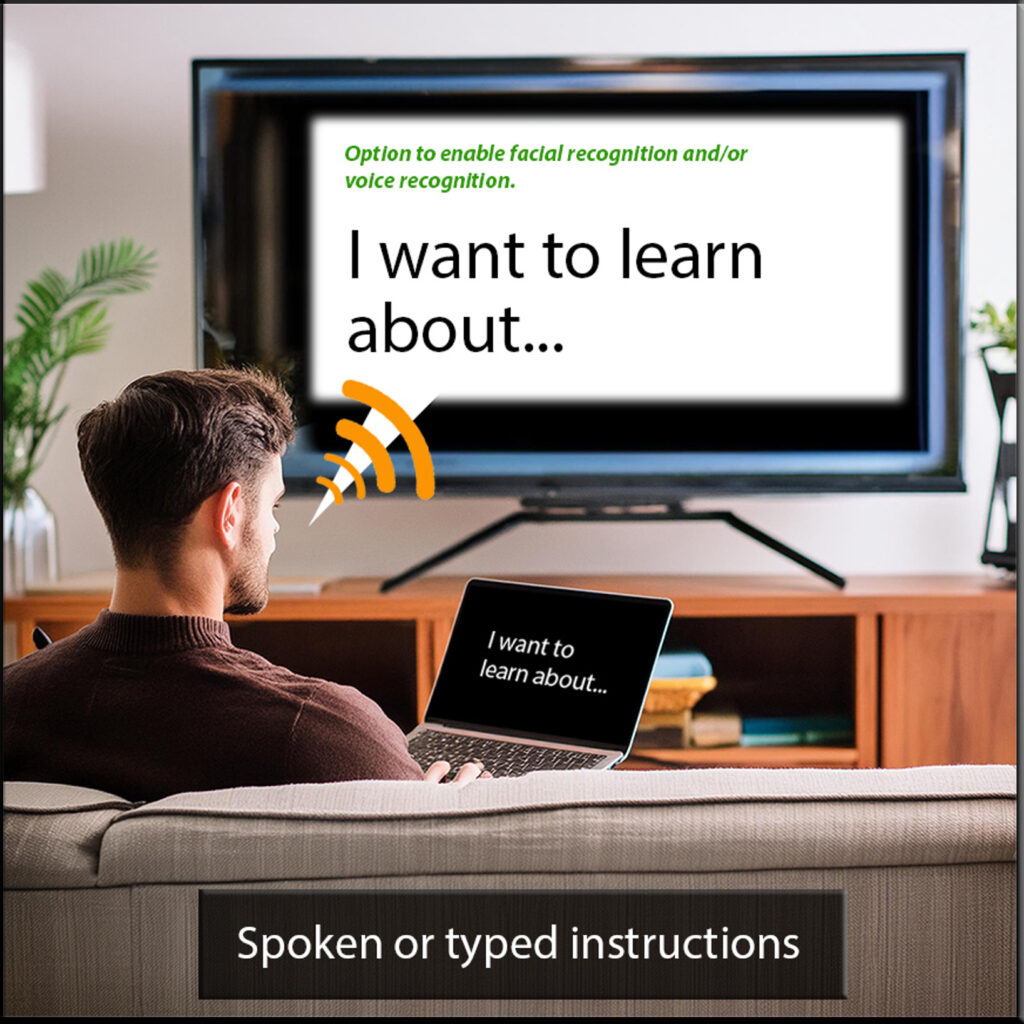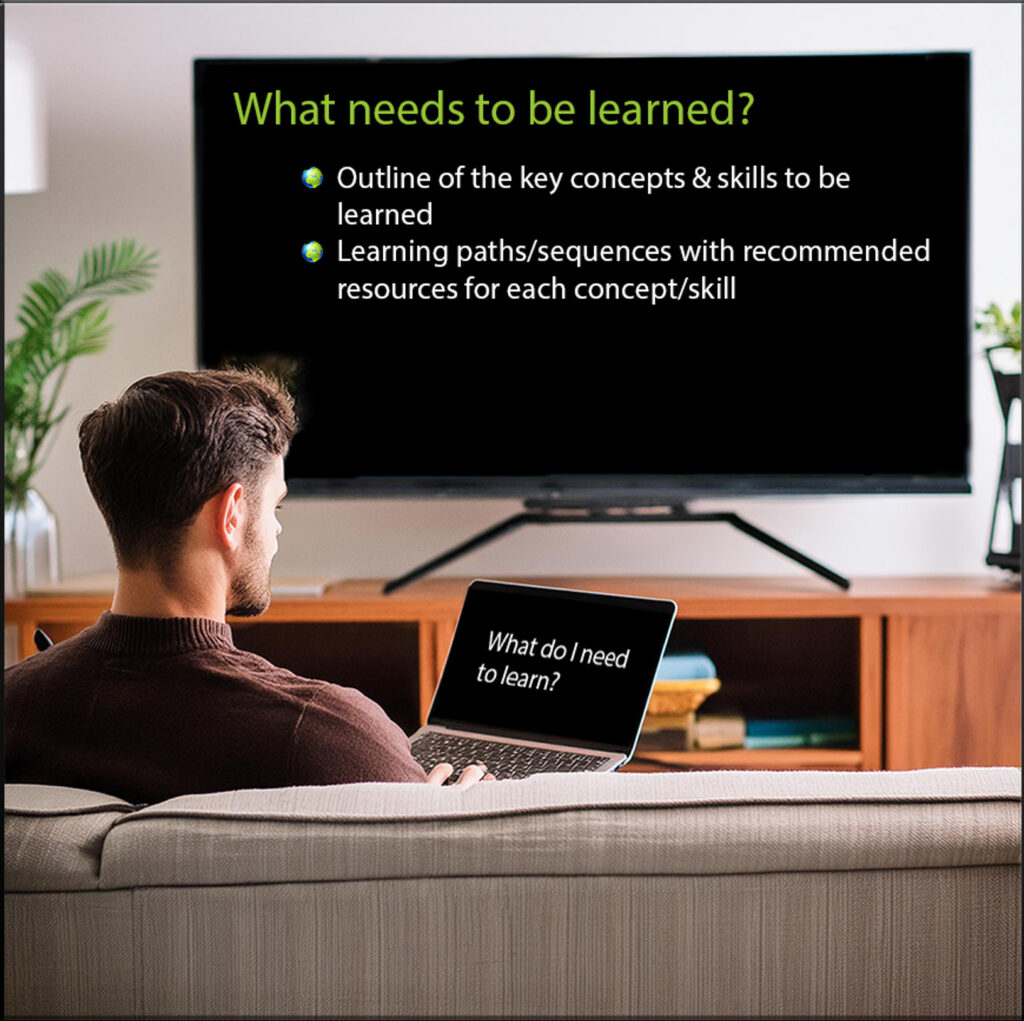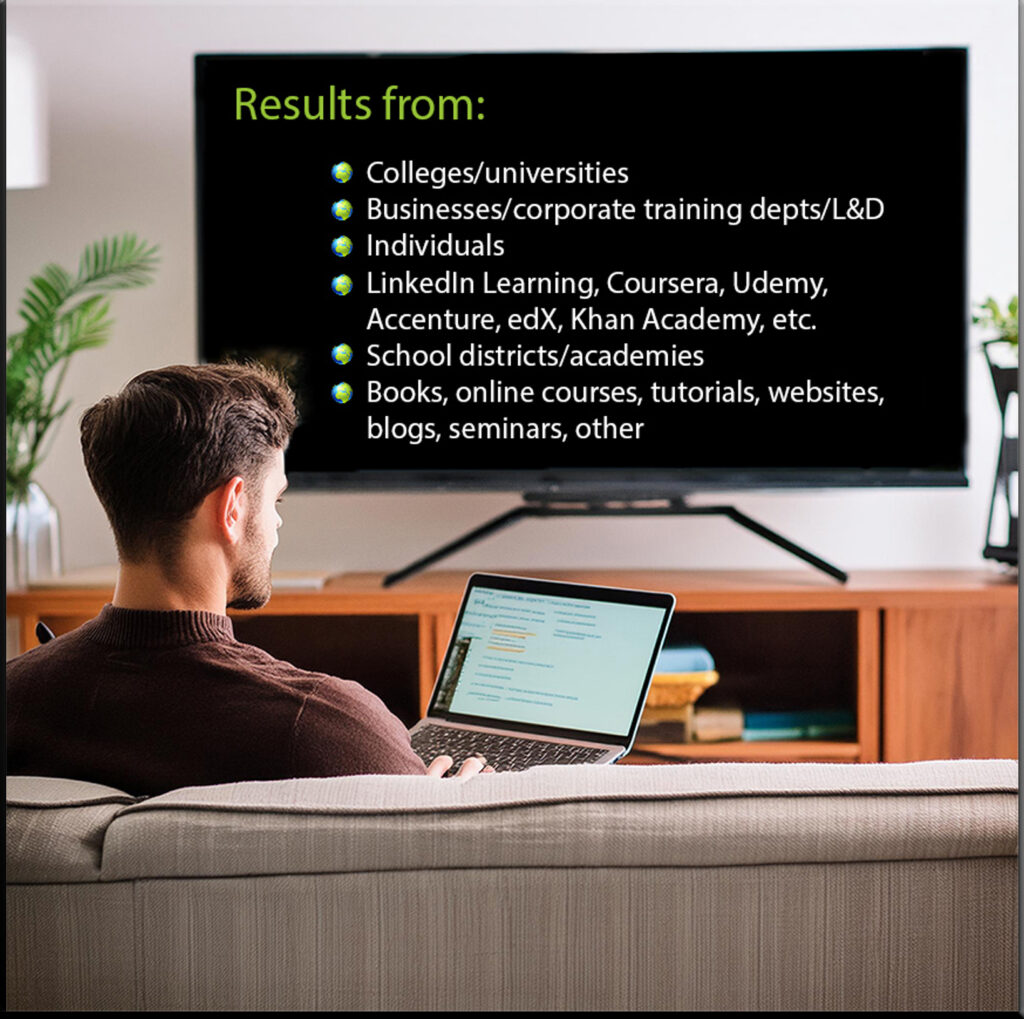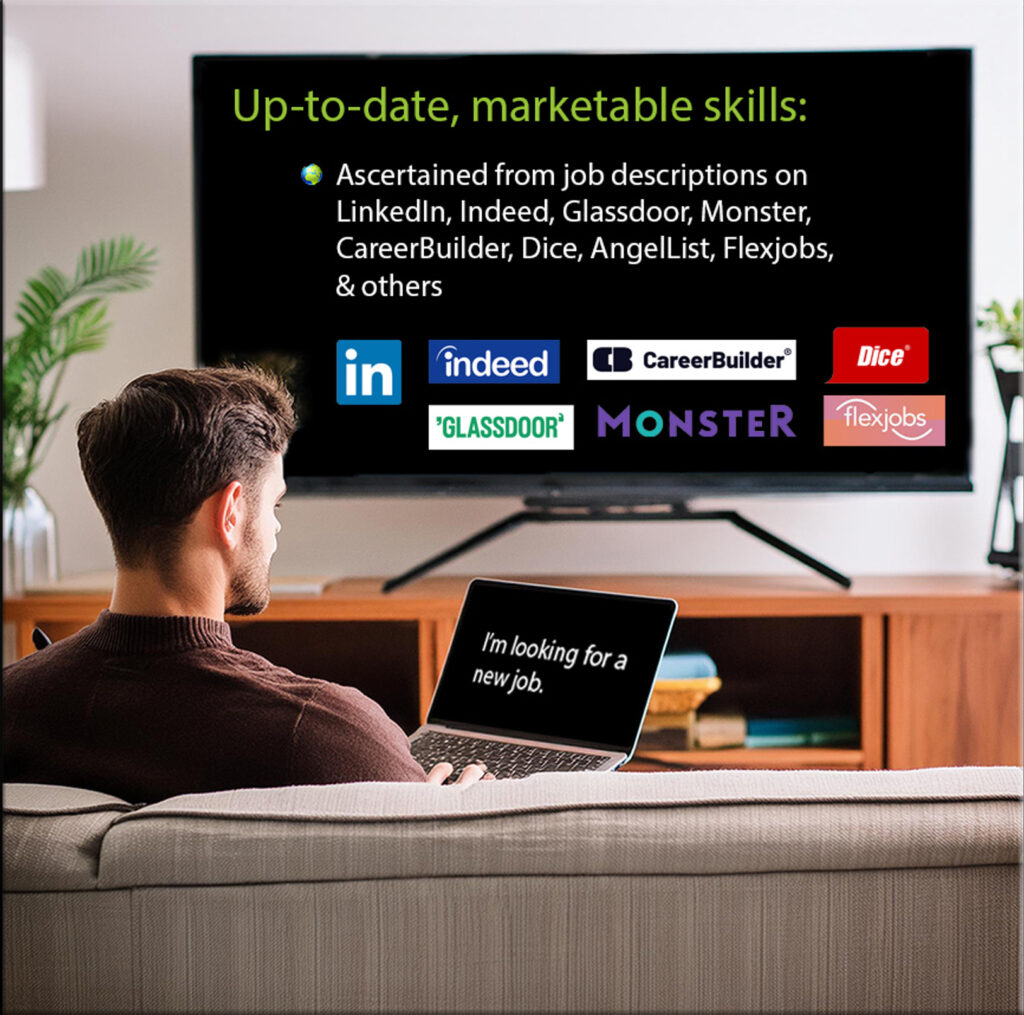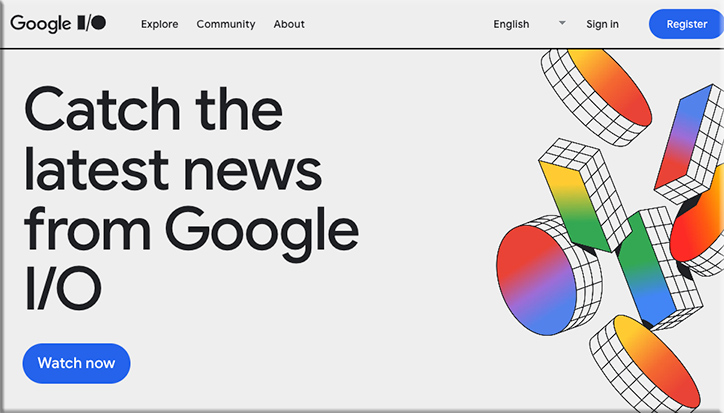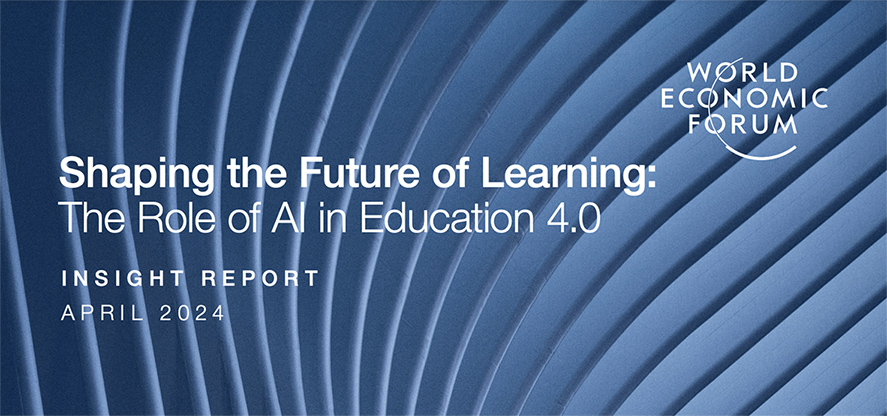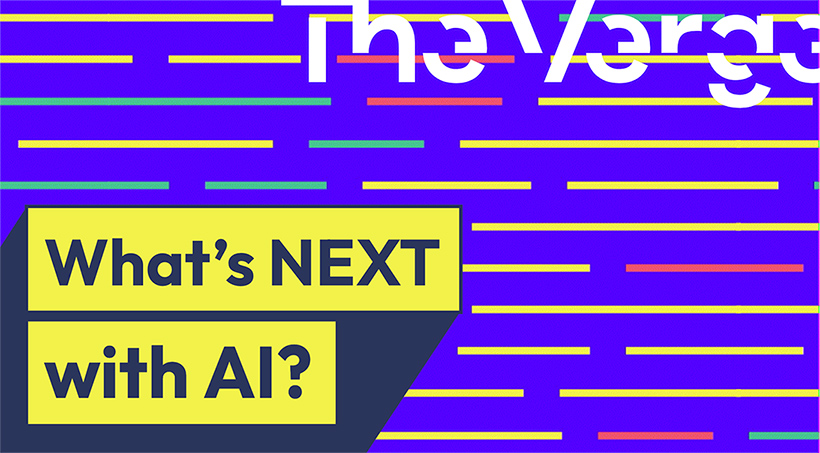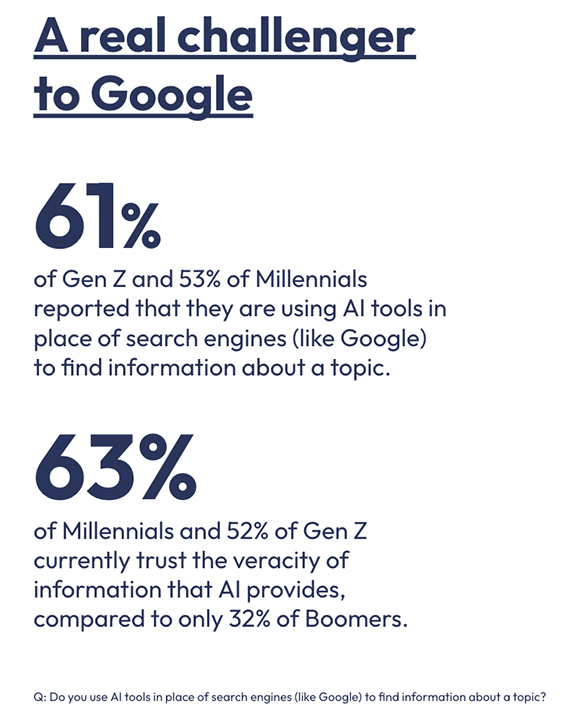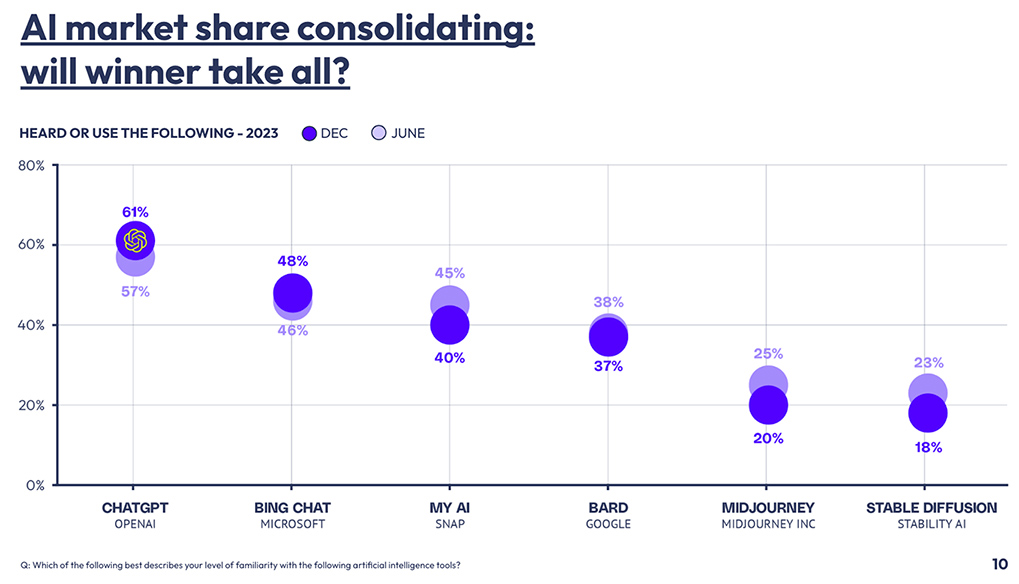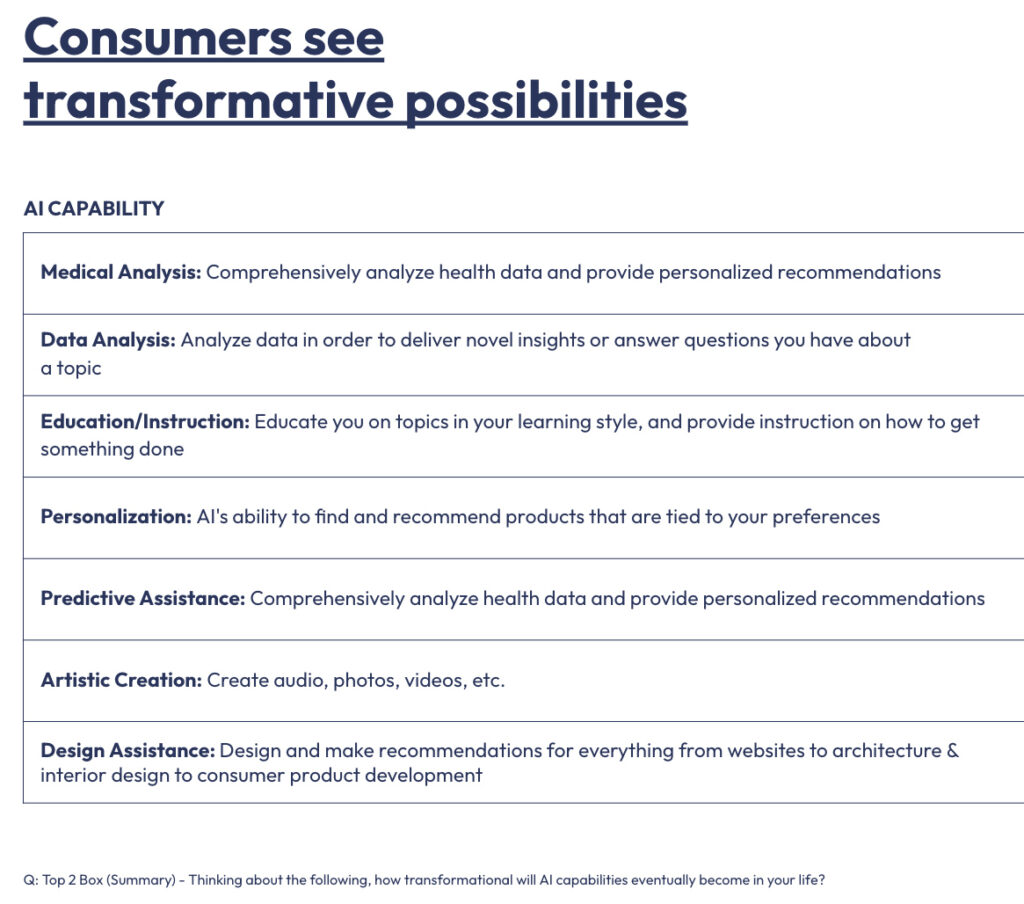AI candidate running for Parliament in the U.K. says AI can humanize politics — from nbcnews.com by Angela Yang and Daniele Hamamdjian; via The Rundown AI
Voters can talk to AI Steve, whose name will be on the ballot for the U.K.’s general election next month, to ask policy questions or raise concerns.
Commentary from The Rundown AI:
The Rundown: An AI-powered candidate named ‘AI Steve’ is running for U.K. Parliament in next month’s general election — creating polarizing questions around AI’s use in government affairs.
The details:
- AI Steve is represented by businessman Steve Endacott and will appear as an independent candidate in the upcoming election.
- Voters can interact with AI Steve online to ask policy questions and raise concerns or suggestions, which the AI will incorporate based on feedback.
- If elected, Endacott will serve as AI Steve’s human proxy in Parliament, attending meetings and casting votes based on the AI’s constituent-driven platform.
Why it matters: The idea of an AI running for office might sound like a joke, but the tech behind it could actually help make our politicians more independent and (ironically) autonomous. AI-assisted governance is likely coming someday, but it’s probably still a bit too early to be taken seriously.
Also related, see:
- Steve for PM? Meet the AI candidate standing for election as an MP in the UK — from yahoo.com by Anna Desmarais
- Meet VIC, Wyoming’s First AI Candidate Running For Cheyenne Mayor — from cowboystatedaily.com
Meet VIC, an artificial intelligence-powered candidate for Cheyenne Mayor that is Wyoming’s first AI-powered political hopeful. The man behind VIC, Victor Miller, says if elected VIC will make all decisions related to the office.
From The Deep View:
The details: Hearing aids have employed machine learning algorithms for decades. But these algorithms historically have not been powerful enough to tackle the ‘cocktail party’ problem; they weren’t able to isolate a single voice in a loud, crowded room.
Dr. DeLiang Wang has been working on the problem for decades and has published numerous studies in recent years that explore the application of deep learning within hearing aids.
Last year, Google partnered up with a number of organizations to design personalized, AI-powered hearing aids.
Why it matters: Wang’s work has found that deep learning algorithms, running in real-time, could separate speech from background noises, “significantly” improving intelligibility in hearing-impaired people.
The tech is beginning to become publicly available, with brands like Phonak and Starkey leveraging deep learning and AI to enhance their hearing aids.
Canva is used by over 130M users.
But most people still don’t know its full potential.
Here’re 13 Canva features you should not miss:
— Poonam Soni (@CodeByPoonam) June 12, 2024












